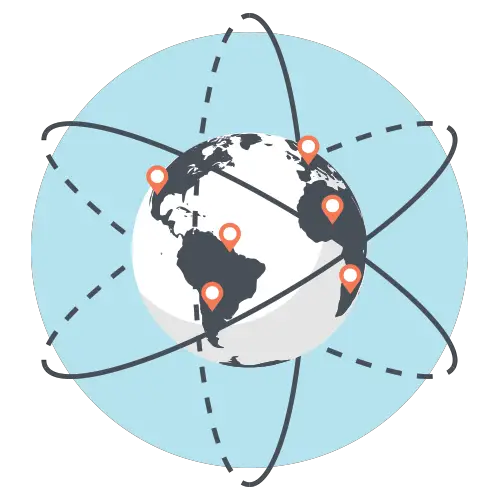How Well Do You Know Tagalog Vocabulary?
Answer 60 questions and find out how well you know your Tagalog vocabulary.
Answer 60 questions and find out how well you know your Tagalog vocabulary.


You can take the quiz as many times as you want – a great way to practice!

The quiz is completely free! No credit card details required.

Flexible and convenient, the quiz works on any device.

Share your results on social media or via email. Invite your friends and see who is the best.
Despite being spoken by only 40% of the overall population of the Philippines, Tagalog is understood by the rest of the country’s people who do not speak it as their first language. This is due to the fact that Tagalog is closely related to the Filipino language, the national language of the Philippines. Even though these two languages are often mistaken for each other, the Filipino language was developed based on the Tagalog language.
In the Philippines today, Tagalog is utilized in government, education, journalism, and other facets of daily life. So if you are a foreigner visiting the Philippines, speaking basic Tagalog words can help you communicate effectively with the locals virtually anywhere in the Philippine archipelago. Take our Tagalog Vocabulary Quiz today and learn some of the most essential vocabulary you’ll need when visiting the Philippines!
Tagalog is a widely understood language in the Philippines and is considered as the bridge that connects people across the diverse Philippine archipelago of more than 7,600 islands. It is the most widely spoken language in the Philippines by more than 40 million people in the country’s National Capital Region and its adjacent regions.
The Tagalog language is an Austronesian language that traces its roots from the Malayo-Polynesian family. With colonization and trade, the language has been influenced over time by various cultures such as Spanish, Malay, and Chinese, and adopted some words from these foreign cultures.
Similar to many other languages, the Tagalog language structure follows the subject-verb-object pattern, which makes learning the language straightforward and simple. A very peculiar aspect of the Tagalog language is its use of affixes to transform words into different tenses and noun forms. For example, the Tagalog word “gawa”, a verb which means “do” or “make”, can be added with affixes to indicate different verb forms. “Ginagawa” (Gina + gawa) is the ongoing action, “Gagawin” (Ga + gawa – a + in) is the future action.
One important fact about the Tagalog language is that it served as the foundation of the national language of the Philippines, which is known as Filipino, by adapting its vocabulary, grammar, and structure. The key difference between them is that the Tagalog language is a purer language with a vocabulary that is distinct to the region where it is primarily spoken, while the Filipino language incorporates loanwords from other Philippine languages to reflect the linguistic diversity of the country.
With the advancement of technology and the internet, the Tagalog language, like any other language today, continues to evolve and adapt to new terminologies of the age, and most Tagalog speakers in the Philippines are quick to incorporate newer terms into the language by borrowing words from other languages, particularly English.
The name Tagalog comes from the native term tagailog, meaning ‘people living near a/the river’.


